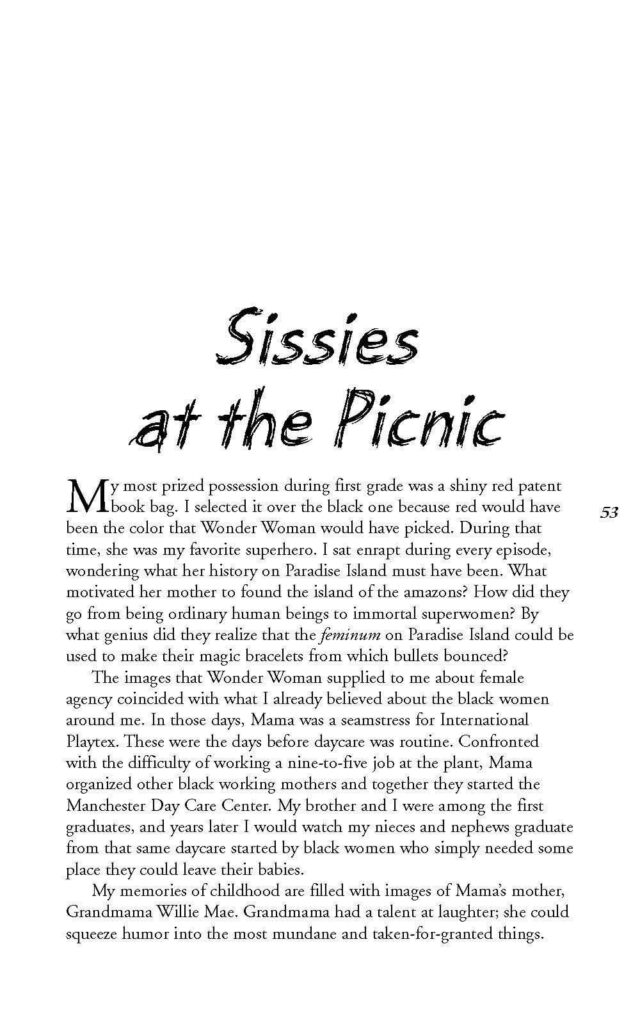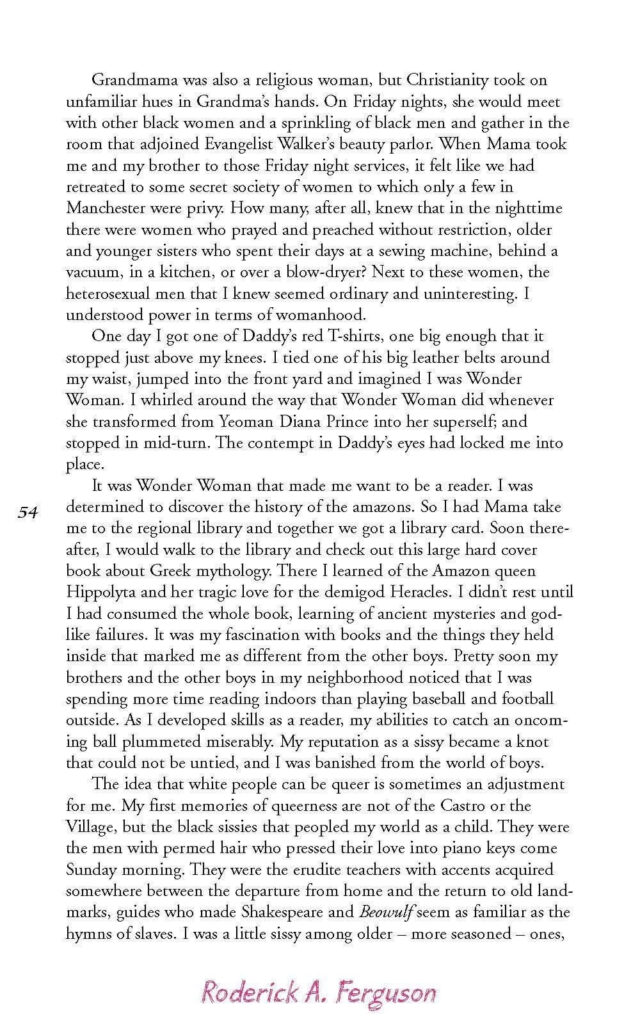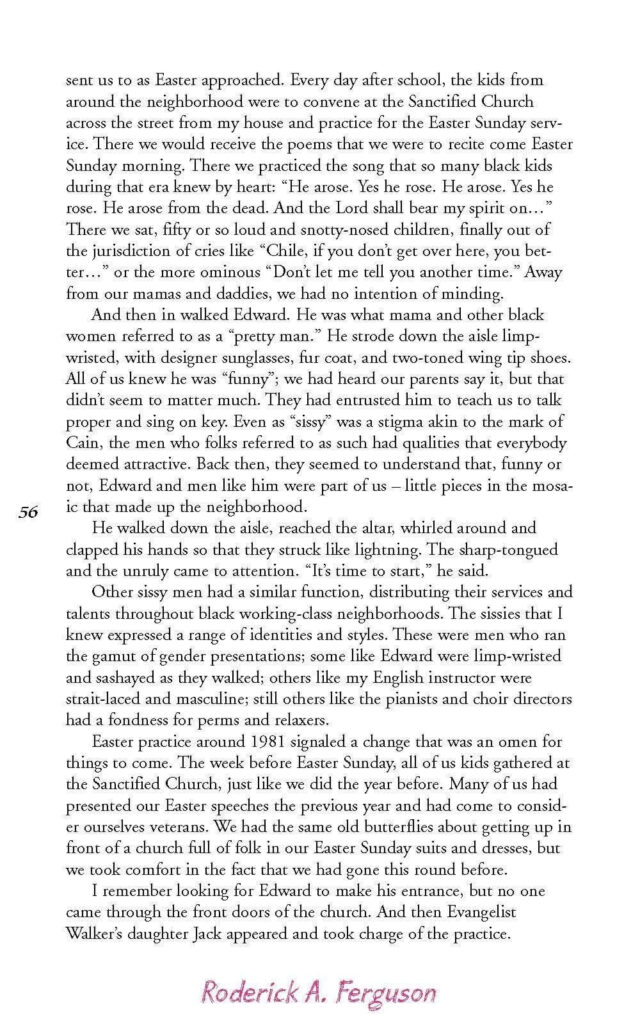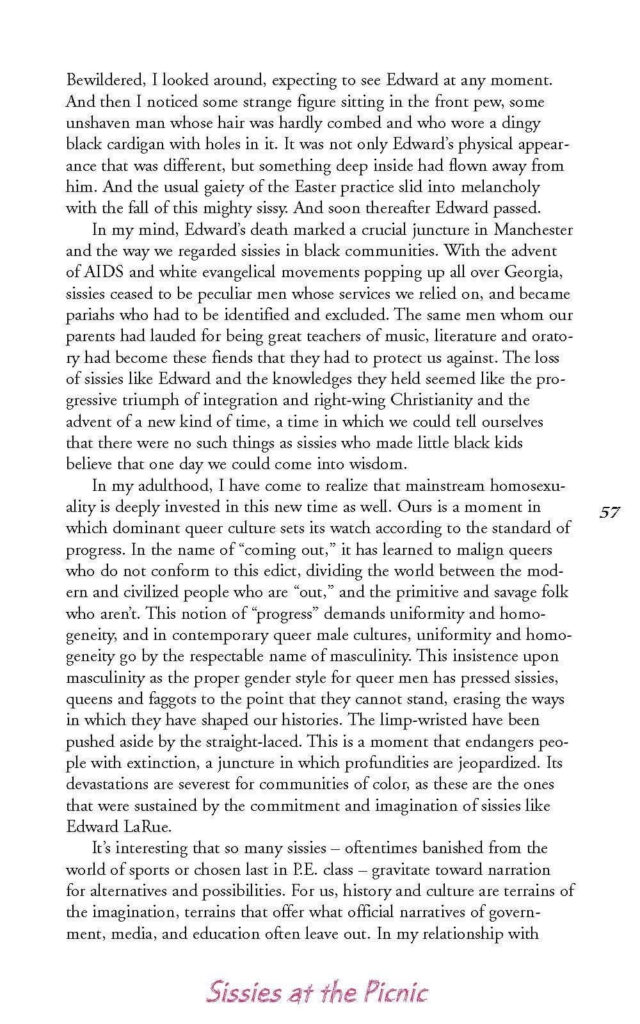This semester has felt vast and overwhelming, like the ocean, and grounding, also like the ocean. 
Author Archives: Lucien Baskin
Decolonization in Two Acts?
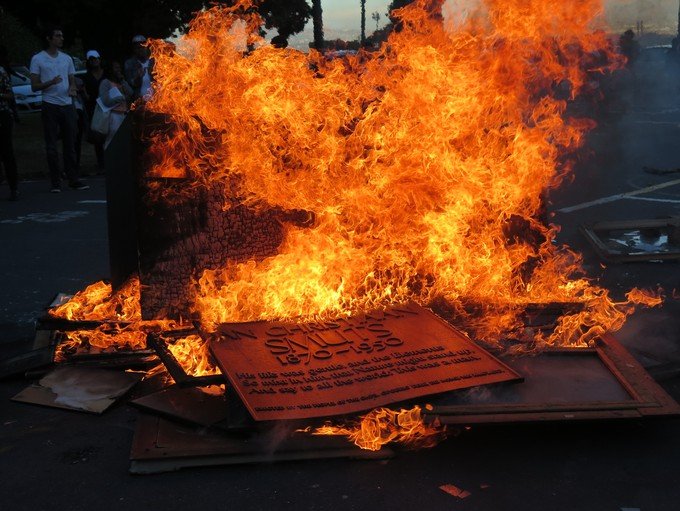
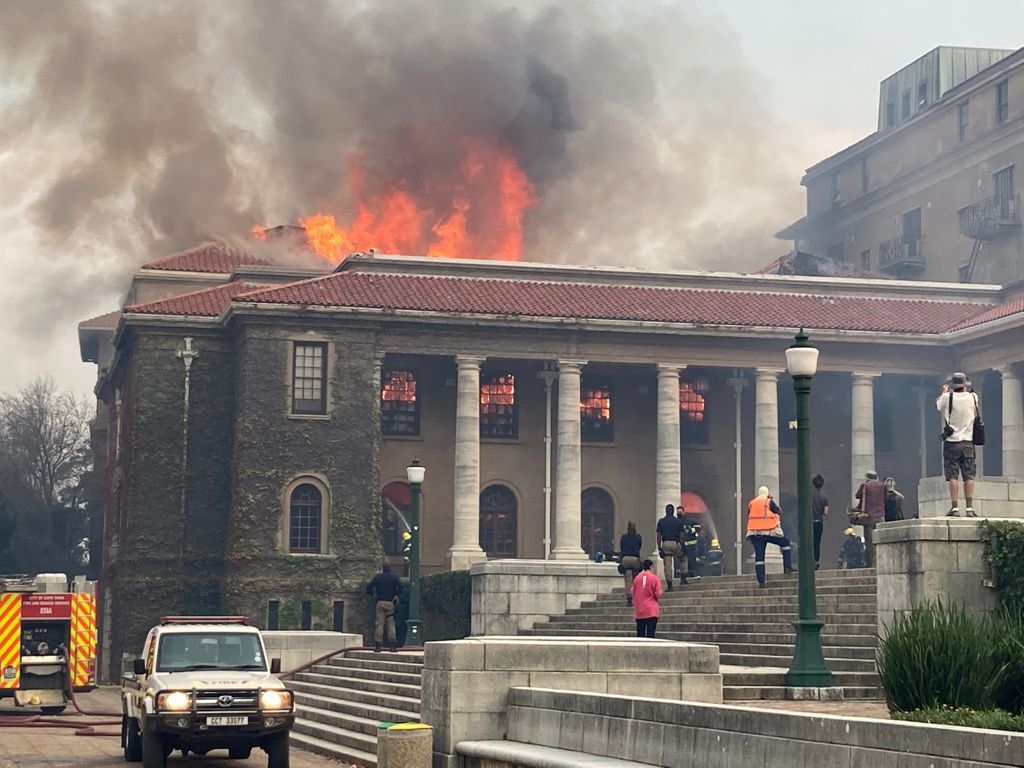
Black universities
What are the relationships between HBCUs and Bambara’s Black University?
I was fascinated to read this piece by Bambara exploring the idea of a Black University, a piece she wrote while teaching at SEEK in the immediate aftermath of the open admissions struggle. I have been reading everything I can find on the history of HBCUs and thus have thought a lot about what it means for a college or university to be Black. Far from being obvious that HBCUs are Black institutions, students at Howard University organized a campus occupation and conference in 1968 under the auspices of a Black University—this struggle is the genesis of Black Studies at Howard in its contemporary institutional form. This made me wonder whether Bambara was thinking with the Howard students as she wrote her piece two years later—in my very brief search of the web I was unable to find any suggestion that she attended the Howard conference, yet many people who she likely knew (such as Amiri Baraka, Sonia Sanchez, and Haki Madhubuti) were in attendance. Today her archive is housed at Spelman College, where her presence pushes the institution to realize the dream of a Black university.
Sissies at the Picnic
Reading Matt’s book reminded me of this very brief autobiographical essay by Rod Ferguson called Sissies at the Picnic (sorry for the format, I couldn’t find an electronic version other than photos on a friend’s Facebook page). In this essay Rod is thinking about rural Georgia as a Black queer space in ways that resonate with Matt’s understanding of CSI as a queer college. Also, I think this essay speaks to the question of motherhood in interesting ways. With this essay in mind, I would ask whether Rod is engaged in a practice of poor queer studies from within Yale University, among the most elite institutions of higher education in the world? Here I am thinking with Matt’s argument that “we are of our institutions” and Moten and Harney’s call to be “in but not of” the university. Is it possible to be in Yale but not of it, or to be of both Manchester, Georgia and Yale University—perhaps creating a sense of double consciousness?
White supremacy and individualism
I was struck by the inclusion of individualism as part of the white supremacy culture chart as it’s so central to the workings of academia. Students are evaluated individually in each course they take after being admitted as individuals and before graduating as individuals. Faculty are hired individually (except for cluster hires which I would be very happy to discuss) and tenured individually. The most prized research in many disciplines is that supposedly conducted alone. In other words, to succeed, one (depending on who they’re in community with) must disavow that community in order to succeed. Additionally, it makes it easy for institutions to push out and punish individuals (particularly those marginalized in the academy). This brings me to a question that was asked at a student protest for Black Lives over the summer at Brooklyn College: what would a Black life affirming university look like? What would it feel like? How would relationships and community be present in such an institution?
Some questions
Thinking across this week’s readings has been very helpful, and I’m particularly mulling over the humanities PhD, adjunct labor, diversity work, and funding in the university. A number of questions arose as I read Katina’s book in particular.
Firstly, I was struck by her pushing back against the notion of a crisis or crises in the humanities. Though Mitchell and Boggs have critiqued the crisis consensus in Critical University Studies, it certainly looms large in much of the scholarship, as well as how people talk about the humanities and the university at CUNY today, including in political spaces such as students organizations and the PSC. What is gained and lost by using or rejecting the framing of crisis?
Secondly, i am curious about the role of adjunct labor. While CUS has thoroughly documented histories of casualization and adjunctification from above as a means of cost saving and power consolidation in the hands of a rapidly expanding upper administration sector (and businesses, foundations, the government, etc.), i am curious about the radical possibilities for and histories of adjunctification from below. Is there a potential upside to this model as opposed to the traditional tenure model? I am particularly interested in this as someone who sees adjunct teaching as a central part of a more appealing career path than tenure track work, giving me the flexibility to work in a staff position and teach simultaneously, each improving my work in the other position.
Finally, I am curious about different funding models. Much of Katina’s argument is about the importance of humanities for the public good, and the ways in which a humanities PhD has utility beyond the academy (and in the academy in previously unacknowledged ways and spaces). If that is the case, is the departmental funding model worth maintaining? Should the humanities embrace external funding in ways that resemble the sciences in the US academy? Should we look to universities in other nations for models for how to fund humanities PhDs? I think that government scholarships for graduate students studying art history and Latinx studies and queer theory and poetry sounds like a good idea.
Harvard
This week’s readings were very thought provoking and different from our previous readings focused on CUNY (though more like the Anthony Jack chapter). Harvard occupies such a large place in (inter)national notions of higher education that I wonder whether it makes sense to focus on issues of diversity and access at Harvard, decentering Harvard within the field of higher education, or both simultaneously? While I am critical of many of the logics behind diversity at Harvard, such as meritocracy, I think it’s vital to take into account what the right is doing there as it will have an impact beyond Harvard.
Tensions of austerity
I share Cathy Davidson’s love for community colleges. Within CUNY, they continue the tradition of open admissions, carrying on the legacy of the student movement of 1969 and one of the most radical experiments in the history of higher education in the United States, and community colleges across the country open their doors to students who are kept out of baccalaureate institutions.
To a certain degree, I think she paints an accurate picture of community colleges like LaGuardia (which I agree is an exemplary institution). Yes, there are students who overcome great obstacles and make significant sacrifices to become the first in their family to attend college. There are absolutely phenomenal professors, including many who are more pedagogically focused than their senior college counterparts. The student centered peer mentorship programs and exceptional experimental theater productions do exist.
However, decades of austerity have done extreme damage, at CUNY and elsewhere, as Steve Brier and Michael Fabricant make clear. Beneath the exuberance, I think this is present in Davidson’s chapter as well, for example the story of students walking from Flushing to LaGuardia and back could be seen as a policy failure as much as a personal triumph. The tension in this story, and perhaps within and between Austerity Blues and The New Education, is one that exists in CUNY.
I found myself agreeing with a key point made by Davidson (and Mogulescu) and Brier and Fabricant, which is that it really does make a difference how much money is invested in the university, its students, and its workers. ASAP is a clear example of a common sense program (though a nonsensical one in a society dictated by neoliberal common sense) that costs money and achieves its intended results. The decision to cut funding for ASAP (and ACE) then is not due to the program’s failure, but rather it’s mission not being a priority in Albany. Without adequate funding, there’s only so much students, faculty, staff, and administrators can do, something i grapple with as I prepare to TA a seminar this spring at Guttman Community College that is overenrolled with 30 students.
The last point I would like to make is about employment and the purpose of community college and CUNY. Mellow emphasizes that LaGuardia is not a jobs program, and its primary purposes are around critical thinking, citizenship, and humanism—essentially the values guiding a liberal arts education that are often seen as necessary for the rich but not the poor. From a slightly different perspective, Mogulescu concurs, arguing that CUNY does prepare its graduates for the workplace, however their inability to find jobs with decent salaries and benefits is a failure of employment policy and not education policy, a point I agree with. The likes of Cuomo disagree, however, tying student aid and scholarship dollars such as TAP and Excelsior to career oriented courses/majors and post-graduation employment. This brings me to my concluding question: should we highlight CUNY as an engine of social mobility when/if we make arguments for the university, and if so how?
“The Danger of a Single Story”
Dr. Cottom makes a crucial point about people viewing education as inherently and exceptionally good, even when the education system has consistently failed them at every turn. I see this as being detrimental for two reasons. The first reason is that it renders the harms caused by education invisible, for example it can make it difficult to see CUNY (and “the university”—a term I hope we will grapple with this semester) as a Carceral space not an exceptional site located outside of antiblack policing. The second reason is that it makes education into a panacea which it is not—education should exist alongside housing, public health, the arts, etc. I worry that some of the positive framing of CUNY in relation to COVID, for example the superherofication of the frontline worker / CUNY student, or the longer standing focus on CUNY as an engine of social mobility hold the university to impossibly high (and perhaps not optimal) standards that can have adverse ramifications. Do CUNY students working in healthcare and food service need to die en masse so that the city’s wealthy residents can survive COVID in relative comfort for the university to warrant funding? Does CUNY need to be the horario Alger industrial complex to earn its keep in Albany?
In her talk at the Graduate Center a couple months back, Dr. Cottom expressed frustration with a common misreading of her book that saw it as solely focused on for-profit universities as unique spaces within higher ed, missing the larger claim she is making about the pervasiveness of lower ed across the higher education sector. I see this as connected to a larger critique of the classification systems of colleges and universities that often obscure significant differences, even when they are attempting to reveal differences themselves. For example, in response to an overwhelming focus on private institutions in the media (the NYT seems to think Harvard is the only university in the world) much of the CUNY narrative demands greater attention be paid to public universities. But there is enormous variance within public higher education, with Berkeley certainly failing to speak adequately to the realities of Grambling State. Community colleges, which educate around half of the nation’s students, are given little attention in the media and even less that takes into account difference within this enormous sector. CUNY, the largest urban public university in the nation with hundreds of thousands of students and dozens of colleges and schools, is similarly depicted as a monolith, even in the op-eds written by those affiliated with CUNY. This can make it difficult to see that while we certainly experience austerity at the Grad Center (as the recent cuts to graduate students funding make clear), it is not to the same degree as the organized abandonment of a college like Medgar Evers where students attend overenrolled courses in temporary trailers that have seemingly become permanent.

